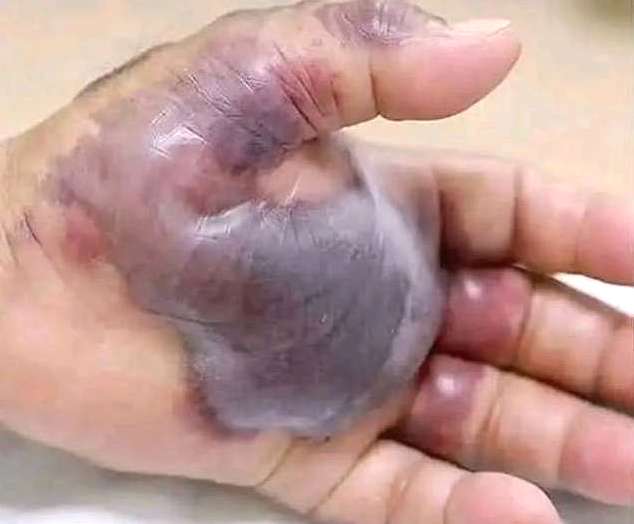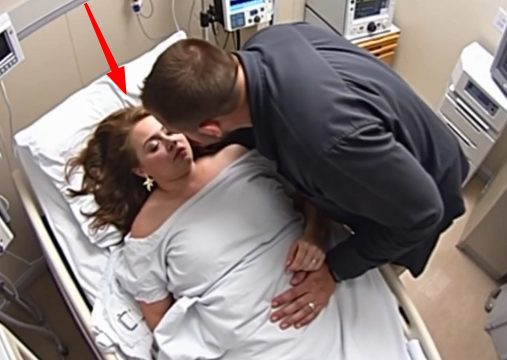If you’ve ever noticed a large, red or purple blister suddenly appear on your hand after some kind of impact or accident, there’s a good chance you’re dealing with a blood blister. While they can look alarming, blood blisters are actually fairly common and usually not dangerous.

They occur when the skin experiences trauma or intense pressure that causes the small blood vessels, or capillaries, beneath the surface to rupture. This leads to a pocket forming between layers of skin, which then fills with blood instead of the clear fluid typically found in regular blisters. These blisters often show up after pinching your skin, getting it caught in a door, or bumping it against a hard object. What sets a blood blister apart from a typical blister is its color—while most blisters are filled with a clear fluid, blood blisters usually appear red, dark purple, or even black due to the presence of blood beneath the skin. They can be painful to the touch, cause tenderness, or feel tight as they swell, but they generally heal without medical intervention within a week.
The discomfort is often worst right after the injury, but it usually subsides as the blister begins to shrink and the body reabsorbs the blood trapped inside. The key to healing a blood blister is to avoid popping or draining it, no matter how tempting it may be. Popping a blister, especially one filled with blood, increases the risk of infection, delays healing, and may even cause scarring. The best thing you can do is protect the blister. If it’s in an area that gets a lot of movement or friction—like your hand or fingers—you can cover it loosely with a bandage or gauze to prevent it from being irritated.
Make sure the bandage is breathable and not too tight, so the blister doesn’t burst from pressure. Keeping the area clean is essential. Gently wash around the blister with mild soap and water, pat it dry, and avoid applying harsh chemicals or creams unless advised by a healthcare professional. If the blister accidentally breaks, be sure to clean the area carefully and apply an antibiotic ointment to reduce the chance of infection. Then cover it with a fresh, sterile bandage. Change the bandage daily or anytime it becomes wet or dirty. Most blood blisters don’t require medical attention, but there are a few exceptions.
If the blister is especially large, if it becomes increasingly painful instead of improving, if you notice signs of infection like redness, warmth, swelling, pus, or streaks spreading from the area, or if the blister doesn’t begin to heal within a week, you should reach out to a healthcare provider. People with certain health conditions, such as diabetes or immune disorders, should also be extra cautious, as their bodies may be more prone to infection or slower healing. It’s also important to remember that while most blood blisters result from trauma or pressure, a sudden appearance of multiple unexplained blisters—especially if they occur frequently—should not be ignored. In rare cases, they can be a symptom of a more serious underlying condition like a bleeding disorder, a skin disease, or even a reaction to medication. If blood blisters are recurring without any clear cause, it’s worth getting a medical evaluation to rule out other potential health issues. In everyday life, the best prevention for blood blisters is simply being mindful of your surroundings and avoiding situations that could lead to pinched or crushed skin. Wearing gloves during physical work or sports can also provide a layer of protection. Though blood blisters may be unsightly and uncomfortable, they’re usually a temporary nuisance rather than a serious medical problem. With a little care and attention, most will go away on their own, leaving your skin fully healed and your hands ready to get back to normal.





